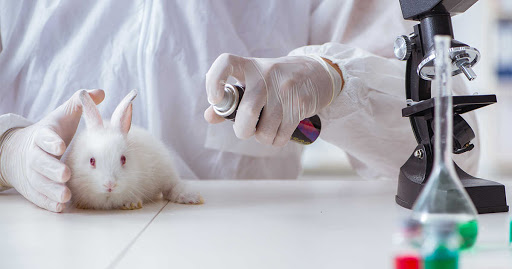How would you react to a wild cheetah in your backyard or an elephant in your garden?
The rapidly growing human population and urbanisation has led to Human wildlife conflict (HWC) to its pinnacle. Human wildlife conflict (HWC) arises when animals cause a direct and reiterate threat to the safety or the livelihood of the people, leading to the persecution of that species.
These conflicts have posed a question that can human and wildlife coexist together?
However, this is not a new storyline – the human and wildlife have coexisted for millennia but the situation is more frequent and aggressive than before. Becoming a global concern for conservation and development to go hands in hand. The need for development requires a lot of natural resources that put the lives and existence of many wildlife species into danger.
HWC mostly affects large or carnivores from whom the humans feel threatened. Elephants, bears, big cats, primates, sharks, seals and many more. HWC also severely impacts the livelihoods, lives and security of the people from whom we ask to conserve the wildlife. There are many immense challenges around the HWC because the causes of these are very complex and poorly perceived. A single HWC has many socio-cultural, political and economical factors that need to be considered. From research and studies for a long time it has been clear that every HWC problem is different from the next and cannot be solved by the same methods used beforehand. Thus understanding the root cause of the conflict is much needed to mitigate the effect of such incidents. Efforts to address the situations without fully understanding the deep rooted causes and effects often leads to temporary solutions or worse exacerbate the situation in hand.
HWC are substantially “human-human” conflicts as the heart of the conflict is between the different stakeholders. Sometimes there are several groups assessing different interests and needs.
Even in some cases the success in species recovery has led to another HWC. For example where carnivores have recovered and expanded a huge population they pose a threat to villagers nearby and their livestocks.
The reports by UNEP says that it is impossible to completely eradicate the HWCs but a systematic approach can be devised to minimise the effects of these conflicts. The policymakers have to devise policies that can reduce the conflicts and create an ecosystem of coexistence between people and animals. Such steps needed careful studies on prevention, mitigation, response and rehabiltalation with the apt support of the local communities and tribes.



